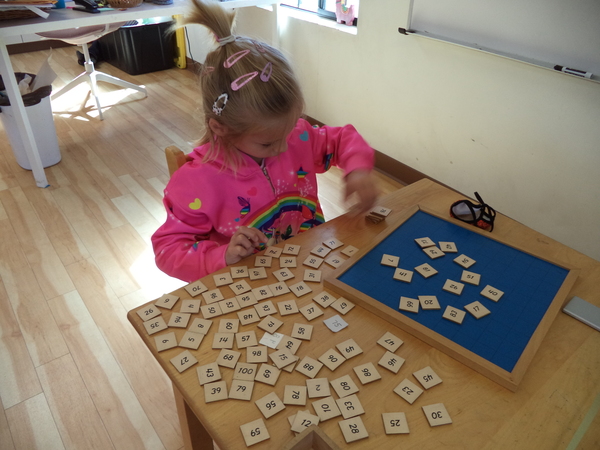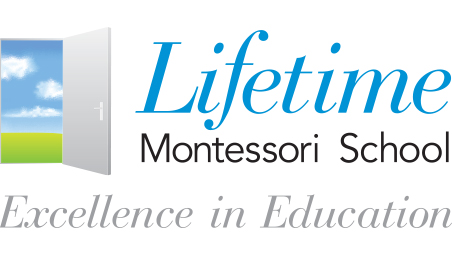(858) 759-0631
Methods That Embrace Learning Rather Than Rote
As parents, we know the value of school—it’s the springboard toward a life-long career rather than holding an hourly job. But, we also need to know how to value what is being taught in our schools.
In today’s traditional schools there’s one constant question: How well are we are reaching and teaching our children?
Visit a traditional school elementary class and what will you see? In many cases, 30+ kids per classroom memorizing material to be able to excel in standardized tests. Kids will sit through long hours of sedentary learning with limited art, musical and athletic/playtime pursuits.
Is it any wonder that some of our children are unfocused, feeling helpless or struggling? Or, that they see school as such a barrier that they procrastinate and lose interest?
Sadly, student depression, helplessness and anxiety spikes emergency room visits during the core school months of November, March and May. The same ER visit counts drop dramatically during the summer.
Now, take a visit to a Montessori school and what will you see?
- Extended age peer teaching by older kids to younger ones
- Individualized learning based on the speed of the child
- Art, music and play,
- Curriculum based on discovery rather than memorization, and
- Teachers who are enabling your children’s individuality rather than standardizing them.
Over 100 years ago, Maria Montessori became Italy’s first female doctor. Through her observations, she created a systematic method for retaining the essence of what a child brings into the world—energy, passion, curiosity and social skills.
Rather than tearing down children by placing them in an adult setting where they had no control over their world, she designed a setting called "a prepared environment" where they could learn from other children at their own speed.
Montessori kids observe, explore, question, play and join. By focusing on building daily strengths via ever-more complex tasks, Dr. Montessori’s legacy has been creating gifted students who become independent, confident, life-long learners.
Instead of straddling students with stress, the Montessori Method primes kids’ pumps by allowing them to become self-directed learners. And, as a result, these young problem solvers are the owners of their education rather than an instrument of their educational system or school district’s quest for high standardized test scores.
Montessori provides an inexpensive alternative strategy toward teaching today’s children how to become tomorrow’s leaders. When our students hit middle school age, they’ll be capable of managing their teen years—because they’ve been managing themselves since pre-school and elementary school. This is how Montessori school cuts student anxiety.

